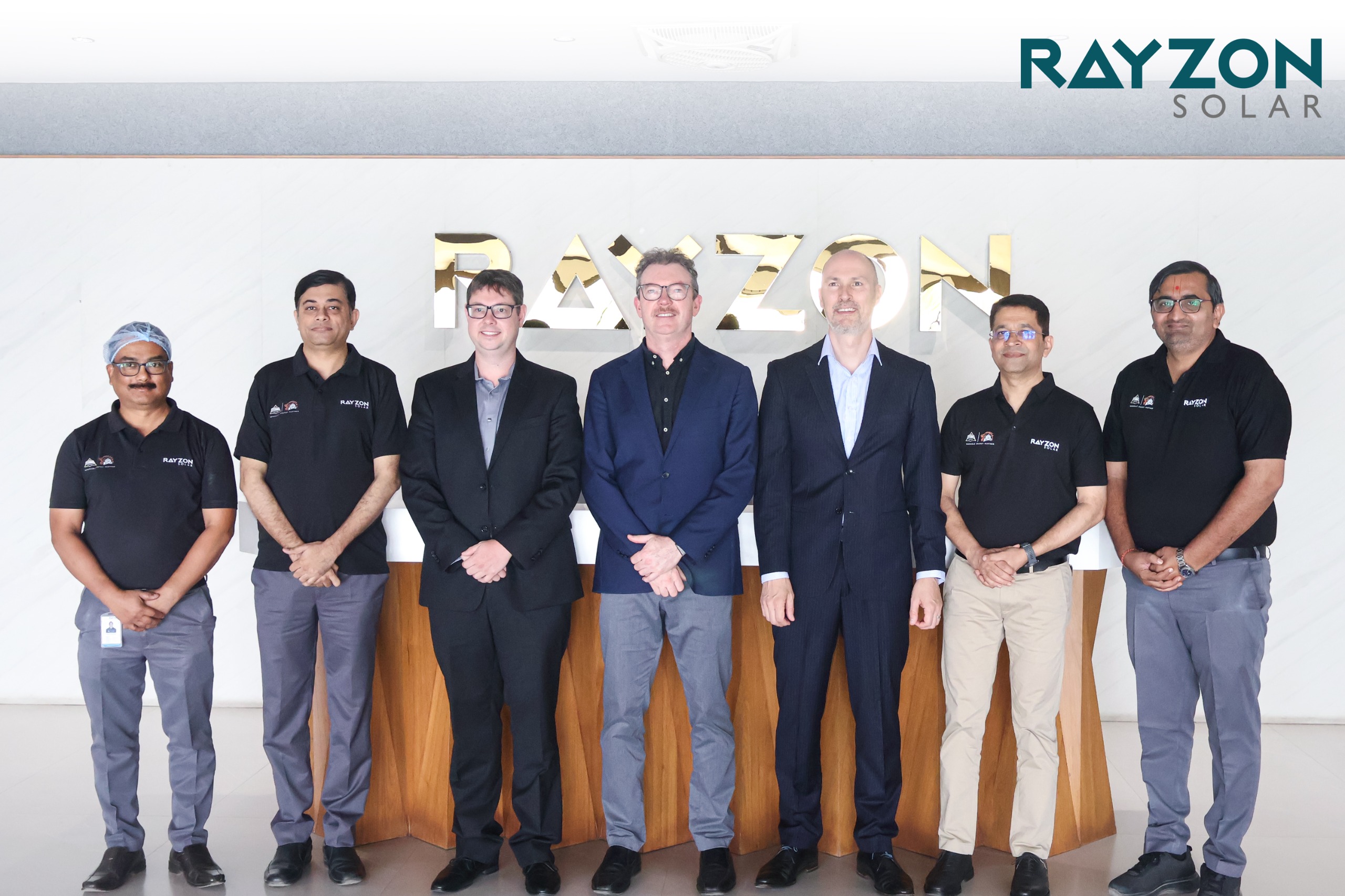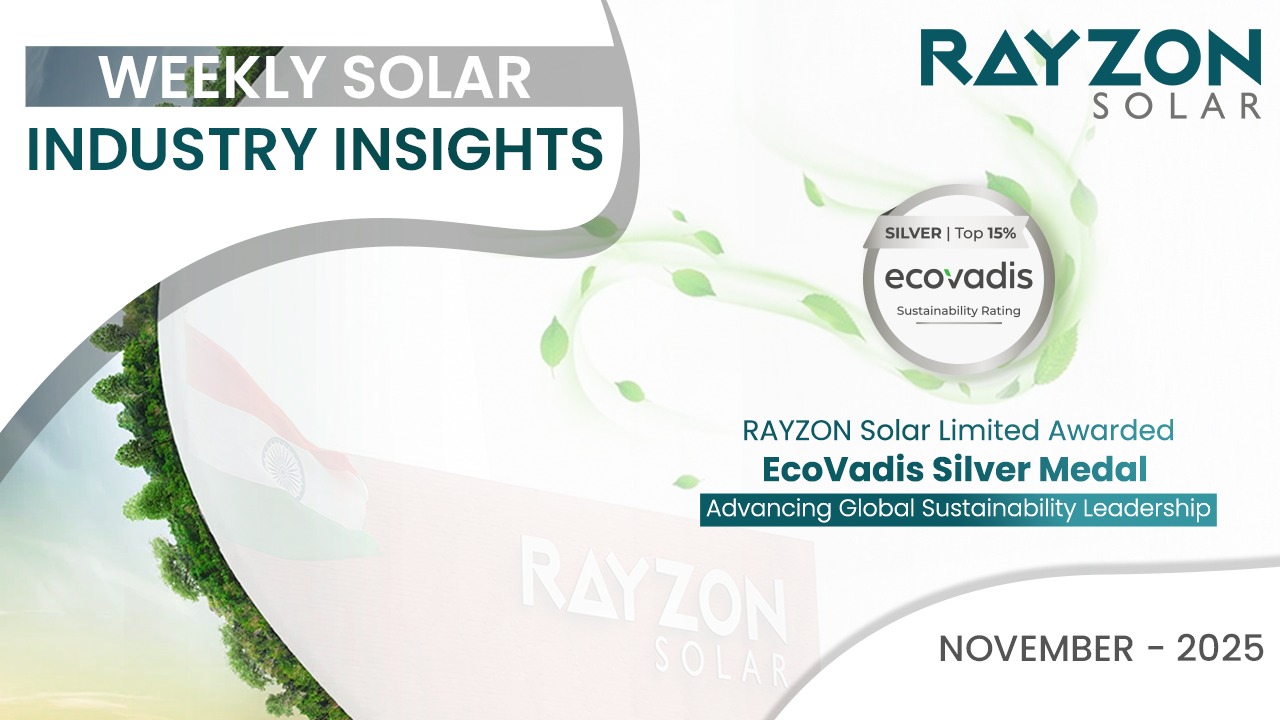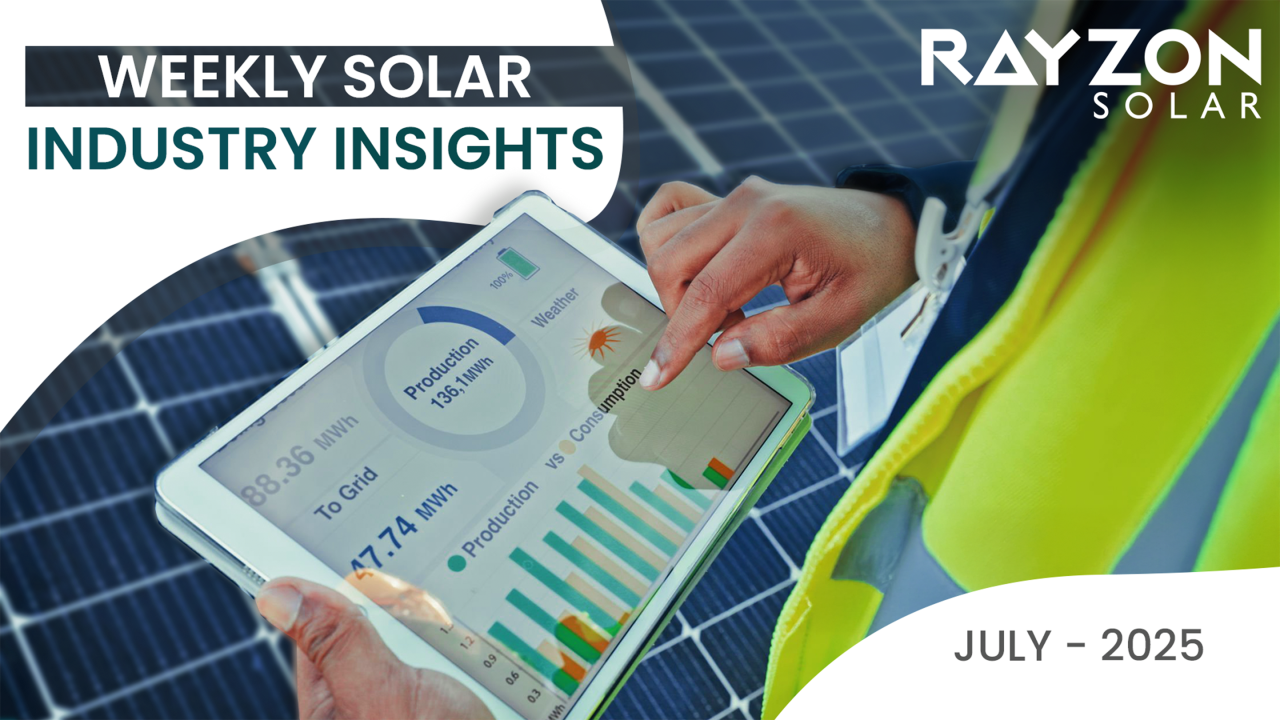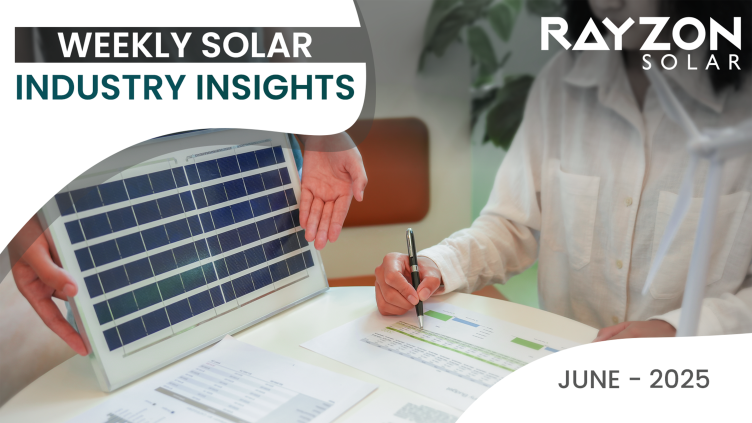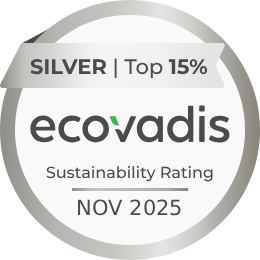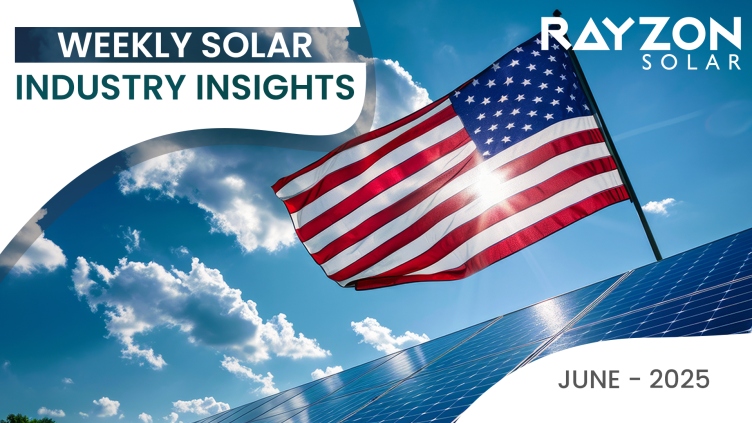
Weekly Solar Industry Insights: June 02 - June 08, 2025
U.S. Utility-Scale Solar Sees 30% Drop in Q1 2025
U.S. utility-scale solar installations dropped 30% year-over-year to 4.4 GW in Q1 2025, with Florida leading in additions. Despite a total clean power capacity of 321 GW, policy uncertainty poses a threat to $14 billion in upcoming projects.
Tariffs Threaten U.S. Solar and Energy Storage Growth
A new report warns that recent tariffs on imported solar and energy storage components will raise project costs, delay developments, and increase power prices in the U.S., disrupting long-term industry planning and growth.
U.S. Solar and Storage Costs Could Rise to 50% Due to Tariffs
New tariffs on imported solar and battery components risk increasing U.S. solar and energy storage costs by up to 50%. With over 90% of battery cells imported—mainly from China—these tariffs threaten project timelines and could raise power purchase prices across the market.
Solar Wafer Prices Fall 22.78% Since April Peak
Solar wafer prices have dropped 22.78% since early April due to weak downstream demand and cost-cutting by some manufacturers using lower-grade polysilicon. Despite efforts, many producers remain unprofitable. Inventory levels have eased from a May peak, while China’s solar cell production remains strong, helping balance supply and demand.
Global Solar Capacity to Surpass 7.5 TW by 2035
A UK consultancy forecasts that global solar capacity will exceed 7.5 terawatts by 2035, driven by falling costs, robust policies, and increasing electricity demand. Solar capacity is expected to grow from 2,378 GW in 2025 to over 4.8 TW by 2030 and continue expanding rapidly through the next decade.
US Clean Energy Sector Faces $14 Billion Threat as Key Tax Credits Set for Repeal
The US clean energy industry risks losing over $14 billion in projects and 10,000 jobs in 2025 due to the proposed repeal of critical Inflation Reduction Act tax credits. The House-approved bill would end support for projects not operational by 2028, potentially stalling clean energy growth and impacting many Republican districts.
IIT Bombay Develops 29.14% Efficient Tandem Solar Cell
Indian scientists at IIT Bombay have achieved 29.14% efficiency with a four-terminal perovskite–silicon tandem solar cell by utilizing an inverted perovskite design and an ultra-thin Al₂O₃ interlayer for enhanced interface passivation, marking a significant leap in solar technology innovation.
Information Source: PV Magazine
